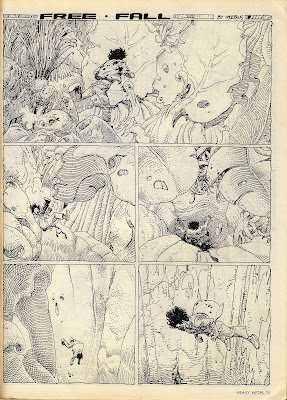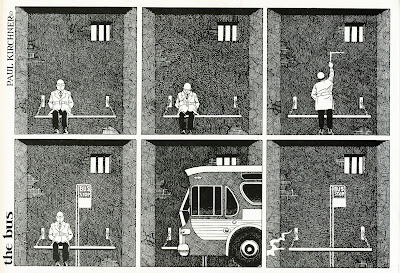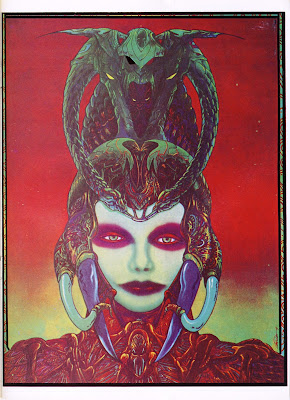'Little X' by Sonsyrea Tate
Celebrating Black History Month 2011
Here at the PorPor Books Blog, we celebrate Black History Month by reading a book about the Black Experience. For Black History Month 2011 we feature an autobiography by Sonsyrea Tate, titled 'Little X: Growing Up in the Nation of Islam' (1997, Harper San Francisco).
Born in 1966,Tate grew up in Washington DC in a second-generation Nation of Islam (NOI) family; her paternal grandparents had joined the sect in the 1950s. Although Tate's father had left the church when he became older and was an on-and-off believer, Tate, her mother, and her siblings were all devout followers, and Sonsyrea attended the NOI Temple and grammar school in the Shaw neighborhood of DC.
'Little X' relates Tate's upbringing and schooling as a member of the NOI, as well as her family life during the 'Black is Beautiful' era of US history in the 1970s. While I was aware to some degree of the rather odd doctrines of the NOI (for example, white people are descended from a race of androids created eons ago by a mad black scientist named Yucub), Tate describes a curriculum that is a strange melange of Black Pride rhetoric, science fiction tropes, and historical facts. The resultant curriculum was designed to provide NOI youth with a unique interpretation, as given by Wallace Dodd Fard and Elijah Poole, of World History.
Tate and her classmates were raised in a self-contained bubble, in which all knowledge and associations were dictated by the NOI. Her awareness of events outside the small world of her family and the Temple was miniscule.
As she grew older, Tate began to realize that not all was well within the NOI and its community of believers. The unrelenting indoctrination about 'white devils' (i.e., Caucasians) and 'lost' blacks (i.e., those that did not belong to the Nation) gradually seemed more and more false with each passing year. As well, the author became increasingly aware of the subservient role women played in the sect's affairs.
Sonyrea Tate's life as a follower of the NOI began to unravel in 1979, when at age thirteen, she started junior high at Eastern High School. Tate no longer had to wear a hijab, and became more aware of world at large, even trying marijuana. She and her brother began to rebel against their mother and the Nation, even as their neighborhood started to deteriorate from an influx of drugs, crime, and violent gangs.
As 1982, and graduation from high school, approached, Sonsyrea Tate was disillusioned and even suicidally depressed at the thought of continuing to live as a woman in the NOI, destined to be married, and converted to a housewife, at a young age. As if in recognition of her daughter's disaffection, Tate's mother moved away from the orthodoxy of the NOI and embraced a more liberal version of its doctrines. Sonsyrea Tate was able to defer marriage and enroll in college, eventually becoming a journalist and writer for the Washington Post and other prominent newspapers.
'Little X' is an interesting memoir, something of a black American counterpart to Julia Scheere's best-seller 'Jesus Land'. Readers interested in the NOI, as well as what it was like to grow up in DC during the 70s, will want to look for it on the shelves.



















































































